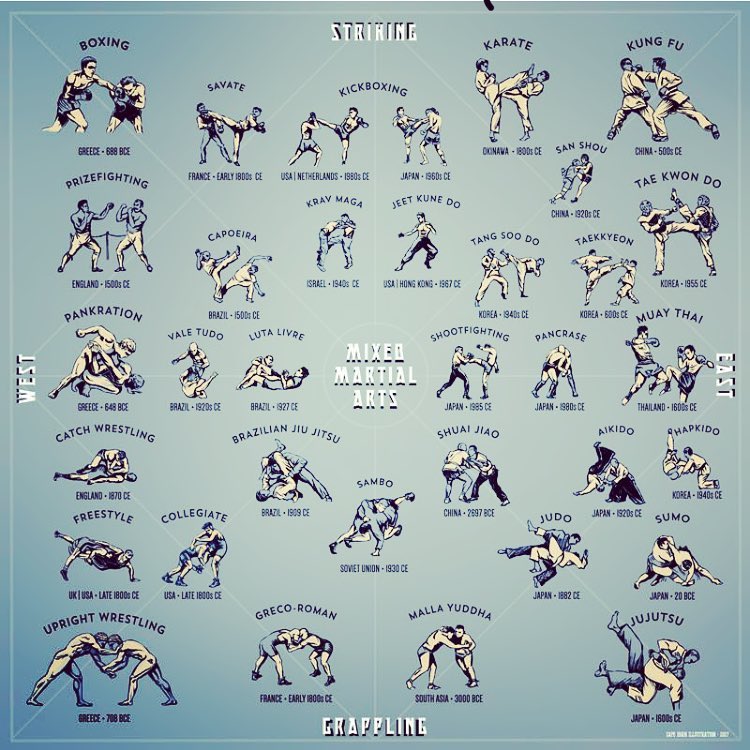A Historic Summary And Development Of Martial Arts Across The Globe
A Historic Summary And Development Of Martial Arts Across The Globe
Blog Article
Web Content Writer-Winkler Liu
Martial arts have an interesting background that spans centuries and continents. You could locate it interesting exactly how ancient practices like Shuai Jiao and Kalaripayattu laid the groundwork for contemporary fight methods. These disciplines not just highlight physical skills but also reflect the cultures that birthed them. As you explore their development, consider just how globalization has changed these conventional kinds right into crossbreed styles. What influences do you assume have shaped today's martial arts landscape?
Ancient Martial arts: The Structures of Battle
As you look into the world of old martial arts, you'll find the abundant structures that formed fight techniques across societies. Early practices concentrated on Self-Defense and survival, typically including strikes, grappling, and weaponry.
In old China, as an example, methods like Shuai Jiao highlighted throws and joint locks, while India's Kalaripayattu showcased dexterity and liquid motion. Japanese samurai created Kenjutsu, a polished swordsmanship that highlighted self-control and approach.
These martial arts served not just for battle yet also as a means of individual advancement, instilling values like regard and willpower. The mixing of these techniques over time laid the groundwork for the varied martial arts you see today, each mirroring the special ideologies and demands of its culture.
The Cultural Impact on Martial Arts Advancement
While martial arts frequently show the practical needs of a society, they also personify the social values and beliefs of their beginnings. When you check out different martial arts, you'll see exactly how they're affected by faith, philosophy, and social standards.
For example, the focus on regard and self-control in Japanese martial arts stems from Zen Buddhism and samurai culture. In contrast, Brazilian Jiu-Jitsu promotes adaptability and strategy, shaped by the requirement for effectiveness in a diverse, modern environment.
You may find that the rituals, uniforms, and training techniques mirror a neighborhood's history and identity. By recognizing martial arts and the autism spectrum , you strengthen your admiration of martial arts and their role fit human experiences across the globe.
Modern Adaptations and the Globalization of Martial arts
Martial arts have actually transformed dramatically in recent decades, adjusting to modern society and global impacts. You'll see that traditional kinds have blended with modern strategies, creating hybrid styles like mixed martial arts. These adaptations cater to varied audiences, making martial arts easily accessible and attractive globally.
With the surge of social media sites and digital systems, you can locate tutorials and competitions from all corners of the world, breaking geographical barriers. This globalization has brought about a common recognition for various techniques, from Brazilian Jiu-Jitsu to Taekwondo.
As you involve with these arts, you'll recognize they're not just about battle; they promote fitness, technique, and psychological wellness.
Inevitably, contemporary adaptations have improved the martial arts landscape, making it a vibrant and advancing method.
Final thought
In exploring the background and development of martial arts, you discover a remarkable mix of techniques, societies, and ideologies. From ancient disciplines like Shuai Jiao and Kalaripayattu to the modern-day adaptability seen in mixed martial arts, martial arts show humankind's pursuit for Self-Defense and individual growth. As you involve with these techniques, you not just obtain abilities however also a much deeper recognition for the varied practices that shape our globe today. So, proceed your journey and embrace the art of combat!
